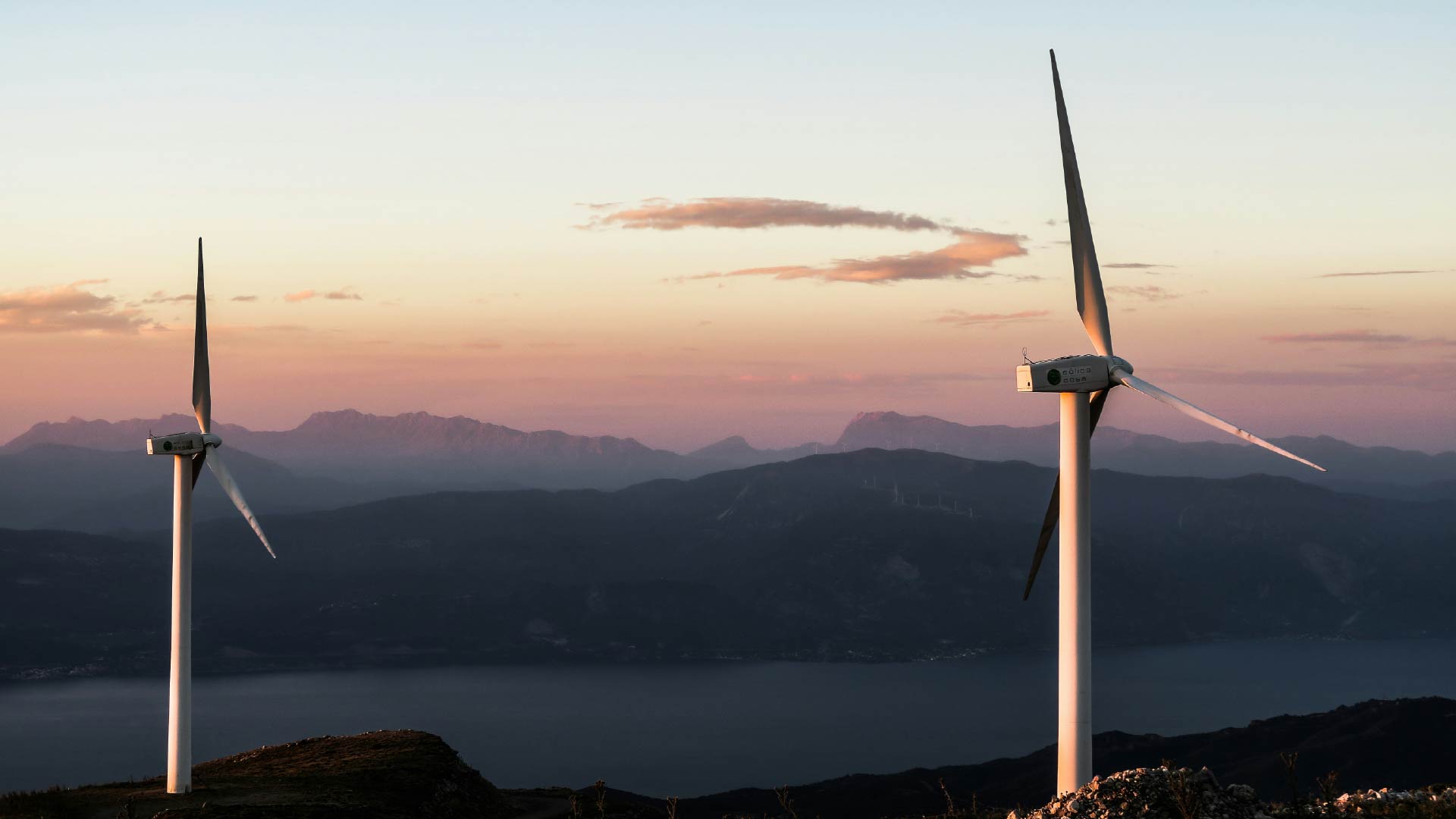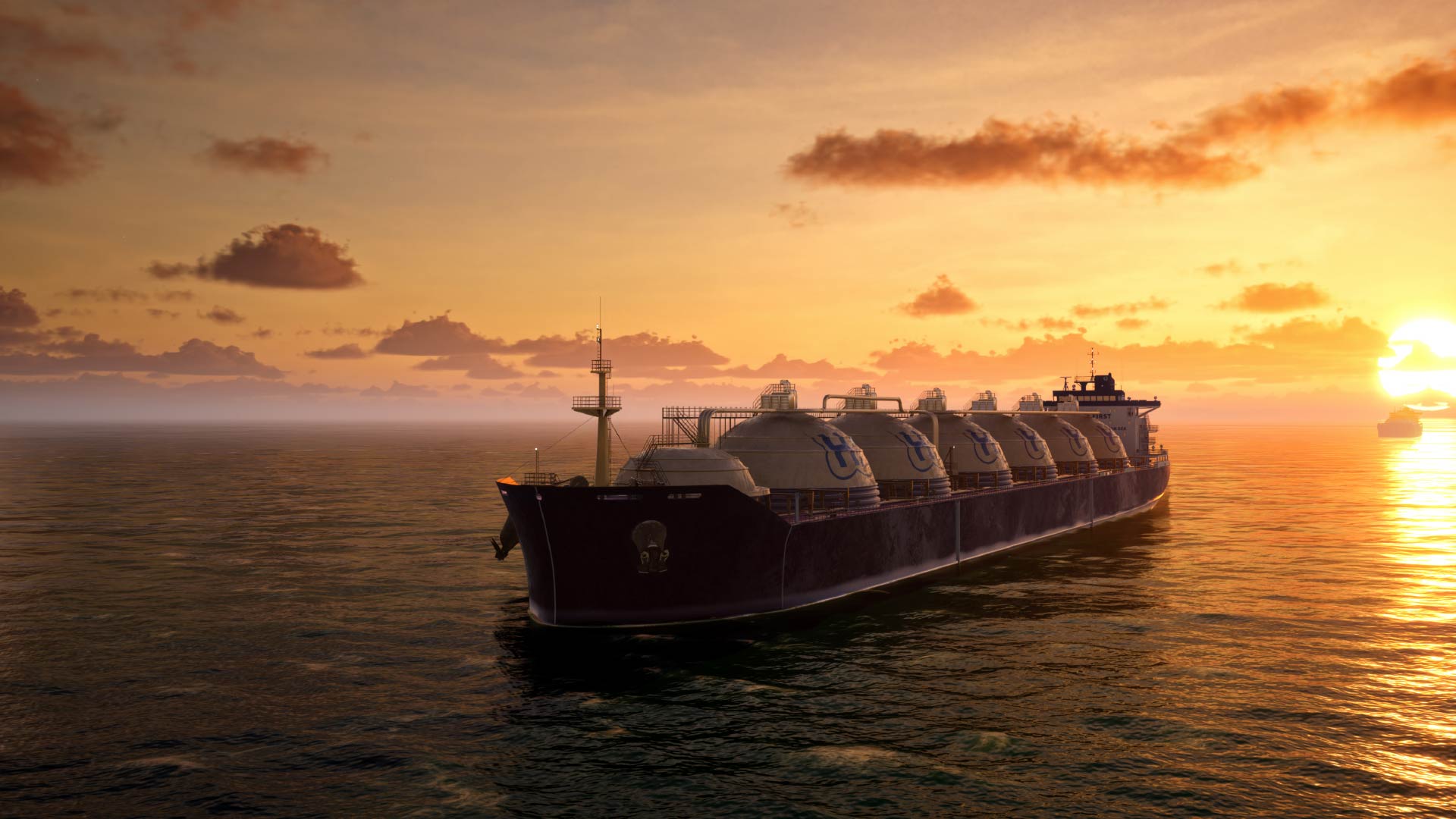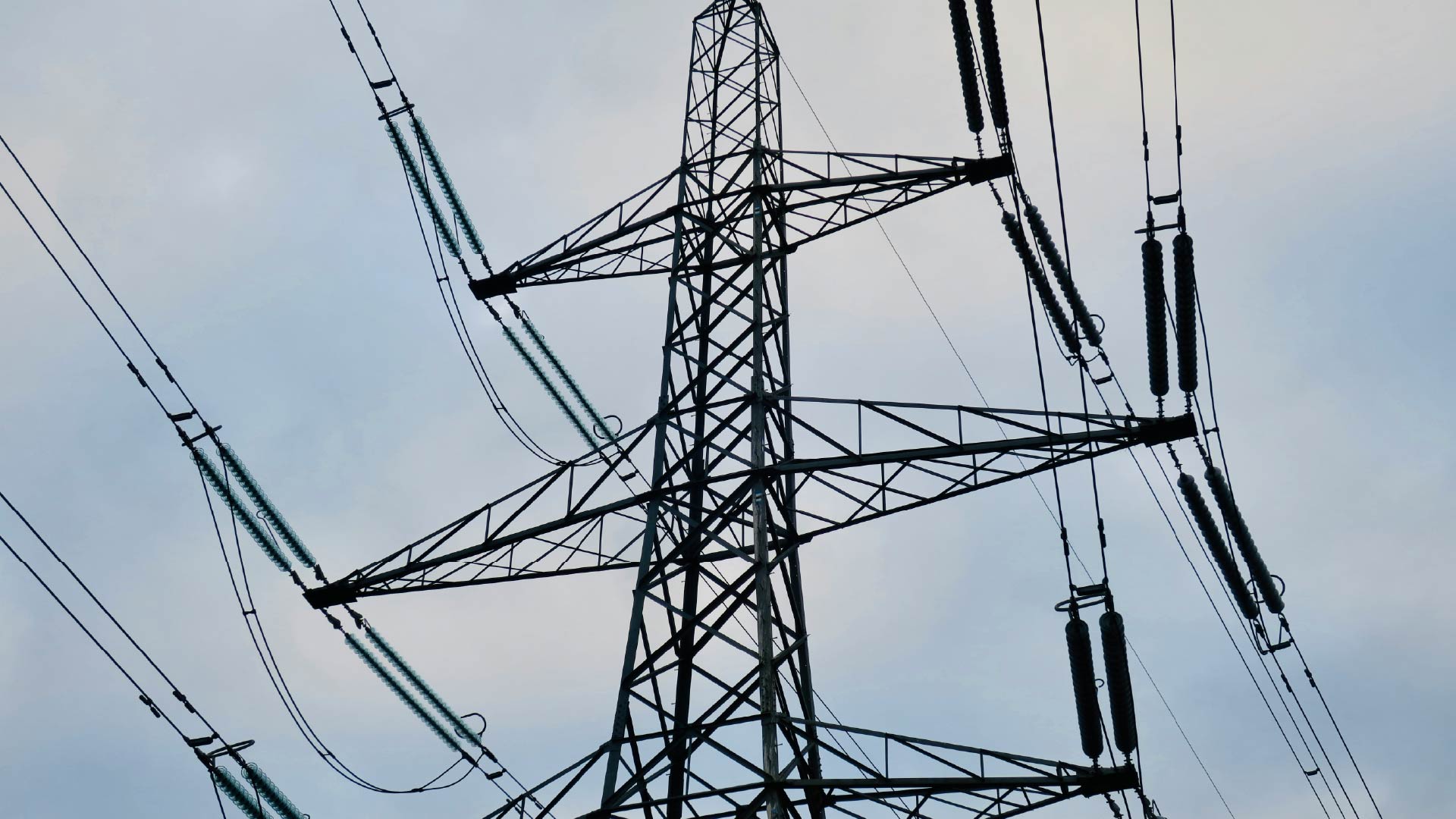Cervest Enables TCFD Reporters To Accelerate Disclosure Compliance With Access To Asset-Level Climate Intelligence
25 Apr, 2022
Over the next two years tens of thousands of firms in developed economies will need to produce mandatory TCFD-aligned climate risk and opportunity assessments. Reporting requirements start in Japan and the UK in 2022 with similar disclosure rules proposed for Canada, the EU and the USA in 2023. Two “pillars” of TCFD-aligned disclosure – governance and strategy – are qualitative and can be adequately covered by followinng industry best practices. There is limited scope for investors to apply a positive or negative assessment which would flow into valuation models and portfolio construction. The “metrics and targets” pillar requires firms to disclose their quantified carbon emissions. A plethora of software providers have lined up to offer enterprise carbon management software to meet this requirement. But what about the “risk management” pillar?
Until recently, digital solutions to help firms quantify the financial impact of climate change on their performance have been lacking. For the 2021 status update, the TCFD assessed climate disclosures of 1,651 firms in 69 countries with revenues above $1bn or $10bn in assets (for banks). They found that 27% of firms disclosed how they integrated climate into overall risk management and 30% disclosed their risk identification and assessment processes. A deep dive consultation conducted by the TCFD with 100 firms found that 20% disclose the financial impacts of climate risks. A further 12% estimate but do not disclose. Assuming these 100 preparers are in the vanguard of climate disclosure, it is likely that fewer than 5% of the thousands of firms being swept up in TCFD-aligned reporting have the ability to estimate the financial impact of climate risk.
This is where new digital solutions come into play. Cervest enables ESG and risk managers to access asset-level climate intelligence, arming them with the granular physical risk insights needed to accelerate internal reporting and external regulatory disclosure requirements. Cervest’s EarthScan is designed to support analysis of climate-related financial risk exposure asset-by-asset. What’s more, this can be played out in the context of three different IPCC climate change scenarios over different time periods including seasonal variances. This is important, as TCFD-based regulations require firms to disclose which climate scenario they are using as context for their strategy and risk management plans. Impressive technology, but the big challenge facing digital climate risk modelling is that firms do not want to disclose their climate risks. Legal counsels are advising against any sort of climate risk disclosure which could cause a slide in the share price.
To overcome this barrier, Cervest has intelligently decided to provide on-demand access to advanced climate risk data modelling capabilities. This means asset managers, enterprises or environmental NGOs like Carbon Tracker can use Cervest’s cloud-based platform to map the physical assets of a firm such as DHL or Tyson Foods, apply a climate scenario, a 10-year time frame and calculate climate risk exposure and impact. This ability to openly assess millions of assets poses a reputational risk to those firms covered by TCFD regulations which make minimalist disclosures. Using Cervest’s pre-populated asset catalogue, external parties will be able to produce credible estimates of future impairment of asset values and cash flow risks. It seems likely that financial data providers such as MSCI will point their data wrangling teams at this new intelligence layer to provide differentiated climate risk analysis. Worth noting that MSCI reported $166m in revenues from its climate and ESG financial data products in 2021 which was a 49% increase compared to 2020.
Until recently, digital solutions to help firms quantify the financial impact of climate change on their performance have been lacking. For the 2021 status update, the TCFD assessed climate disclosures of 1,651 firms in 69 countries with revenues above $1bn or $10bn in assets (for banks). They found that 27% of firms disclosed how they integrated climate into overall risk management and 30% disclosed their risk identification and assessment processes. A deep dive consultation conducted by the TCFD with 100 firms found that 20% disclose the financial impacts of climate risks. A further 12% estimate but do not disclose. Assuming these 100 preparers are in the vanguard of climate disclosure, it is likely that fewer than 5% of the thousands of firms being swept up in TCFD-aligned reporting have the ability to estimate the financial impact of climate risk.
This is where new digital solutions come into play. Cervest enables ESG and risk managers to access asset-level climate intelligence, arming them with the granular physical risk insights needed to accelerate internal reporting and external regulatory disclosure requirements. Cervest’s EarthScan is designed to support analysis of climate-related financial risk exposure asset-by-asset. What’s more, this can be played out in the context of three different IPCC climate change scenarios over different time periods including seasonal variances. This is important, as TCFD-based regulations require firms to disclose which climate scenario they are using as context for their strategy and risk management plans. Impressive technology, but the big challenge facing digital climate risk modelling is that firms do not want to disclose their climate risks. Legal counsels are advising against any sort of climate risk disclosure which could cause a slide in the share price.
To overcome this barrier, Cervest has intelligently decided to provide on-demand access to advanced climate risk data modelling capabilities. This means asset managers, enterprises or environmental NGOs like Carbon Tracker can use Cervest’s cloud-based platform to map the physical assets of a firm such as DHL or Tyson Foods, apply a climate scenario, a 10-year time frame and calculate climate risk exposure and impact. This ability to openly assess millions of assets poses a reputational risk to those firms covered by TCFD regulations which make minimalist disclosures. Using Cervest’s pre-populated asset catalogue, external parties will be able to produce credible estimates of future impairment of asset values and cash flow risks. It seems likely that financial data providers such as MSCI will point their data wrangling teams at this new intelligence layer to provide differentiated climate risk analysis. Worth noting that MSCI reported $166m in revenues from its climate and ESG financial data products in 2021 which was a 49% increase compared to 2020.
Discover more Carbon Management Software content
See More
About The Author

David Metcalfe
CEO and Co-Founder





